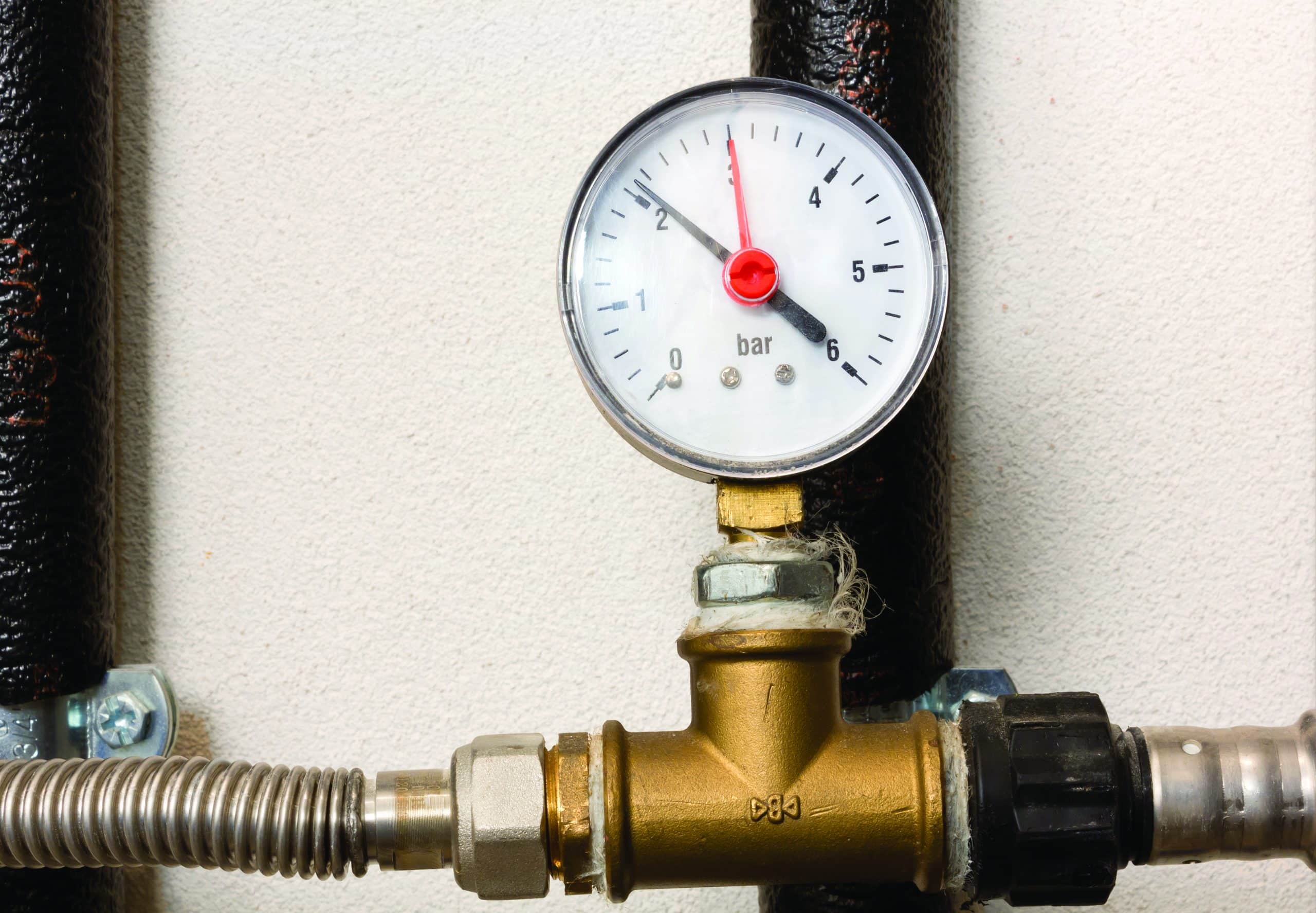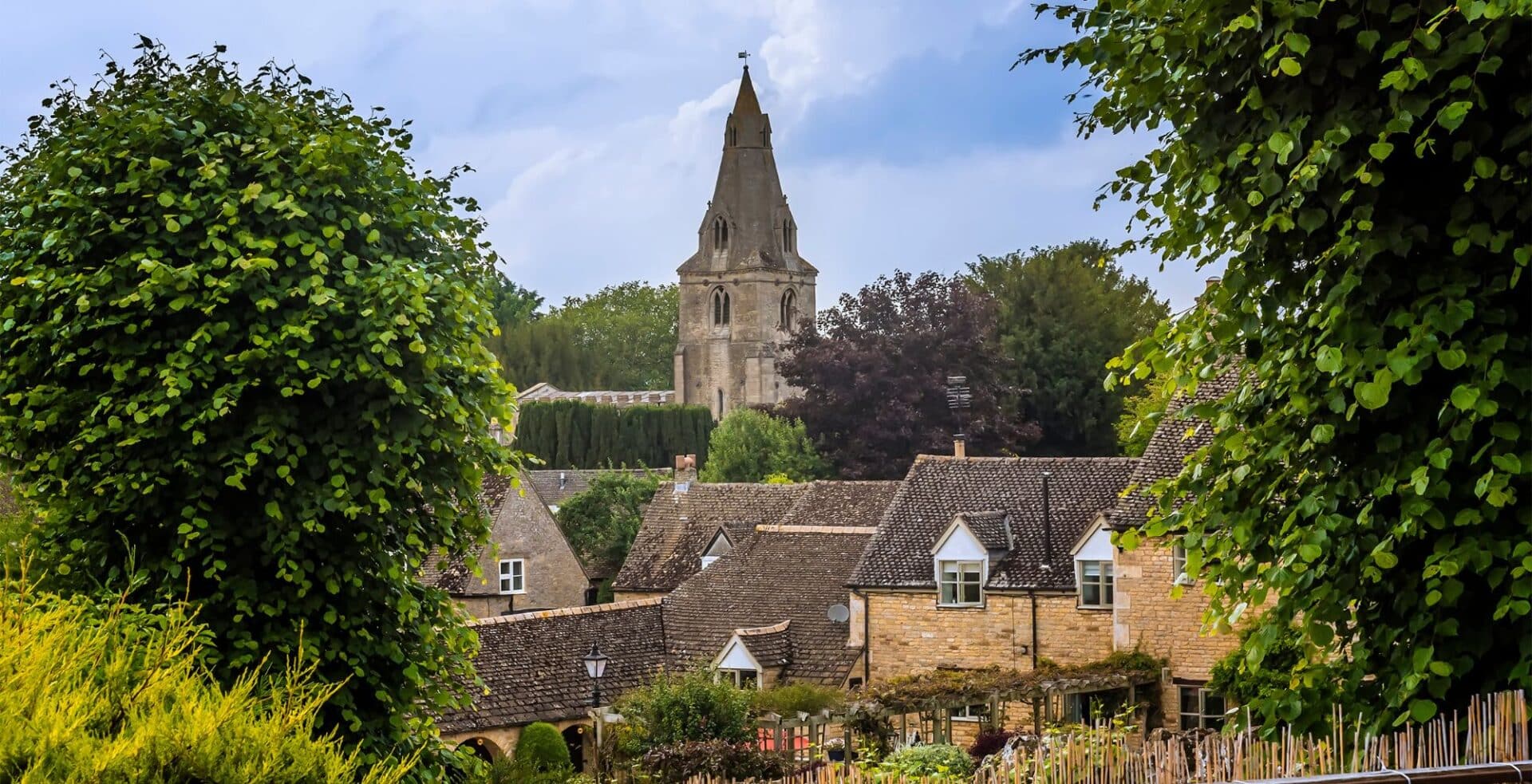When it comes to your water supply, there are three questions to ask yourself: where is it going to come from and will it be of sufficient quality and pressure?
Mains water is supplied to your home through pipes by gravity, so the water pressure into your home will be directly affected by your elevation and proximity to the local reservoir. Dwellings in low areas will generally have high water pressure and those in higher areas low pressure.
Mains, water pressure is managed by using pressure regulating valves and monitoring points to achieve consistent water pressure across the network as well as checking for leaks.
Water quality
In Ireland there are many areas where mains water is deemed to be hard, i.e. it contains elevated levels of mineral deposits such as calcium and magnesium.
In Ireland there are many areas where mains water is deemed to be hard, i.e. it contains elevated levels of mineral deposits such as calcium and magnesium.
Hard water is not harmful when consumed, but its untreated presence within your plumbing network can have an impact on pipework and appliances because when heated, it will form limescale on the internal surface of pipes.
Limescale is a coating or deposit, which will accumulate over time and will effectively reduce the diameter of your pipes and thus the efficiency of the plumbing system.
Water softener units prevent limescale from building up and are generally installed at the entry point of the water to the house. Most softeners work by filtering the water through salt tablets. This increases the level of sodium which is why some plumbers recommend drinking water taps be fed straight from the mains supply.
If you have a well, water has to be treated and this is likely to take the form of a disinfection regime or ultraviolet light. Guidance is available from the Environmental Protection Agency (see epa.ie) and the Drinking Water Inspectorate for Northern Ireland (see daera-ni. gov.uk).
Gravity fed water tanks
Once the cold water supply has entered your home a body of water is then stored in an appropraite location before being drawn off for use. Traditionally there have been two principal cold water supply systems in Irish homes, known as direct and indirect cold water systems.
The indirect system is still the most common and involves the mains water supply feeding a cold water storage tank in the roof space or other highest point in the house, and one other tap in the property, generally at the kitchen sink for potable (drinkable) water.
Pressure or water head is created naturally by gravity from the tank to the relevant fixture. There is generally sufficient water pressure in the mains to allow the water to reach the tank so that it is filled up again once the water is used.
A ballcock is put inside the tank so as to automatically switch the water on and off as needed, in the same way your wc cistern works. To keep an eye on its functioning, an overflow pipe must be located in a visible part of the house.
Even though flowing water doesn’t tend to pose a health risk from the point of view of bacteria such as legionella, the issue with a storage tank in the roof space is that water quality can be compromised from external sources. Think flies or worse, from birds to other animal droppings if the tank is compromised or not properly sealed.
They also pose a risk of flooding if the overflow pipe is not monitored as the tank is out of sight so any issues won’t be spotted until some damage has been done. The risk of frost is usually tackled with insulation but again if it is compromised you are unlikely to notice until it’s too late.
Pressurised water tanks
It is now becoming more common for self-builders to include a pressurised cold water storage tank at the ground floor level or in a plant room where available. Even though some tanks come with UV protection it’s best to keep them indoors.
Plant rooms will generally contain all of the services that make the house function, from the hot water storage tank (typically connected to solar thermal panels) and boiler or heat pump, to the mechanised ventilation system unit. In this context it makes sense that the cold water storage tank should also be located in this area so that the services are centralised within the home.
The specification of the cold water storage tank is very important, it should be fabricated with nontoxic high density polyethylene, certified for use with drinking water, and be fitted with both an insulation jacket to prevent/minimise condensation on the external face of the tank and a drip tray to protect against any leaks or water overflow from the tank gathering on the floor below.
Unless you have excellent water pressure coming in from the mains, locating the cold water storage tank on the ground floor does also mean that the water supply to all fixtures and fittings needs to be pumped in order to create the necessary pressure for appliances, etc. Pumped electric shower units can be installed in each shower to boost pressure (and heat cold water) but it’s a more cumbersome set up.
The pump fitted to the cold water storage tank should have an electronic controller to maintain constant supply pressure to fittings depending on the flow demand.
As with all pumps noise can often be an issue when in use. To address this consider a submersible pump, which is contained within the cold water storage tank.
There are several manufacturers of tanks and pump systems which can offer a range of differing tanks and volumes depending on the available space and storage requirements of the house.











